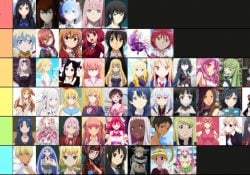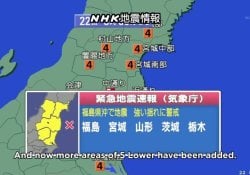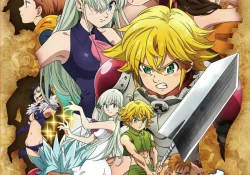Do you know Japanese bandanas? In this article, we are going to talk about hachimaki [鉢巻]. Chances are, you've seen in a movie or anime a person tying a long white and red cloth around their head.
The word hachimaki literally means "to wrap around the head". It is usually made of white and red fabric, it can be considered a headband or headband, being used in Japan for several reasons.
The word hachi can also mean “container”, perhaps due to the ancient barrels made entirely of braided bamboo, whose ring it held was called hachimaki . Hachi is also the name of the famous dog and means lucky number.
Índice de Conteúdo
Situations when using a Hachimaki
The hachimaki can symbolize perseverance, effort and courage. They are used on many occasions as traditional events in the country, sports fans, students and even by women who give birth in order to increase motivation and show determination.
Here is a list of situations in which a motivational Japanese bandana is used:
- Cultural Festivals;
- Sports and friendly competitions;
- During childbirth;
- Used by motorcycle gangs bosozoku;
- Used in pre-university courses;
- Used by office workers;
- Used by sports practitioners;
- Unionists during political campaigns;
- Used to strengthen the spirit;
- Used at decisive moments;
- Used to get courage and perseverance;
- Used by fighters Karate and other martial arts;
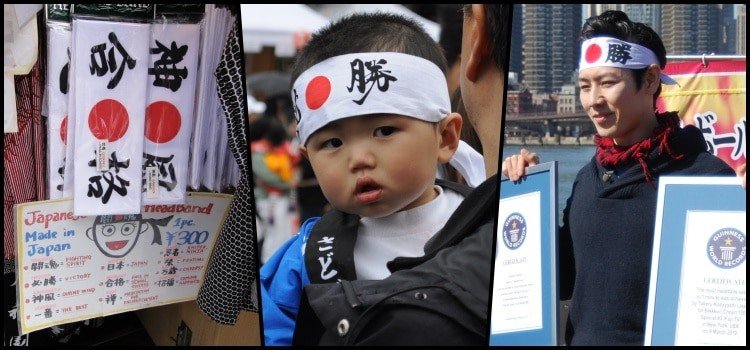
A Origin of Hachimaki
The origin of hachimaki is somewhat uncertain. One theory links to religious ascetics in Japan. Others say that the emergence was in the time of the samurai. For those put the cloth on the head because of the heavy helmets.
The cloth would have protected many users, as the helmet held on to the head, absorbed sweat and prevented hair from getting in the eyes. Others link the emergence of the hachimaki to the first religious mentors in Japan.
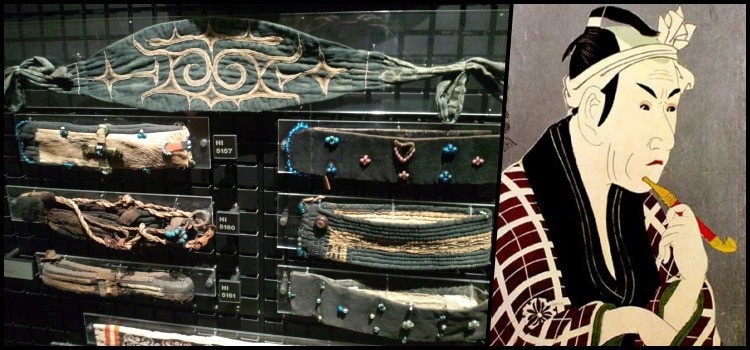
Regardless of origin, hachimaki ended up becoming a Japanese symbol. An interesting fact is that at the time of World War II, kamikaze pilots wore this cloth on their head written seven lives or hisshou [必勝] which means certain victory .
During all battles, they wore the hachimaki, as a symbol of war spirit. It was also used as protection, as the helmet used by them was uncomfortable and even hurt when used directly on the head.
Because of the war the bandana ended up gaining worldwide fame. The samurai also wore the bandana for the same reason, in addition to comfort, it may be able to suck sweat. Bandanas can also be found with other writings.
You can buy your Japanese bandana on Amazon below:
The Hachimaki Used Today
These bands are also often used twisted (nejirihachimaki) or tied with a knot at the front (mukouhachimaki) which are often used by sushimen, carpenters, fishmongers and other professions. The purpose of this use is also to show confidence in the activity carried out.
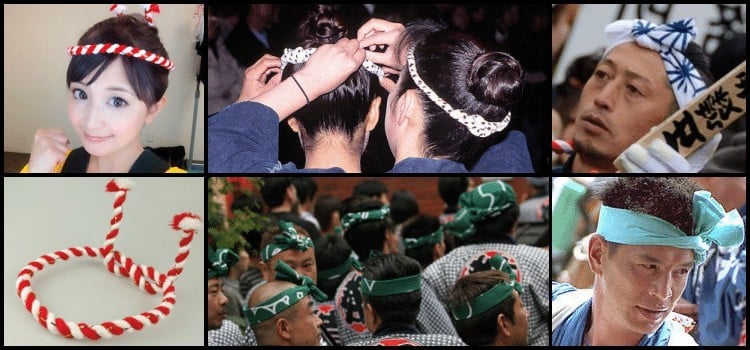
Today, hachimaki is mainly used by athletes and people who exercise, to absorb sweat. In movies and in Western POP culture the bandana is used a little out of context.
For it is generally used and related to people who practice martial arts. Even though many of these fighters utilize the hachimaki , they are far from the only ones to use it.
Anything can be written or drawn on the hachimaki. But, there are typical phrases and slogans, always associated with something motivational. Some of these headbands can completely cover the head ( kengakafuri ).
It is also very common to have drawn the red circle of the Japanese flag . Always demonstrating the effort that the user demonstrates and the nationalist or sporting pride.
Have you ever seen these bandanas somewhere? Did you know they had that name? I hope you enjoyed this little article. We appreciate the comments and shares.



